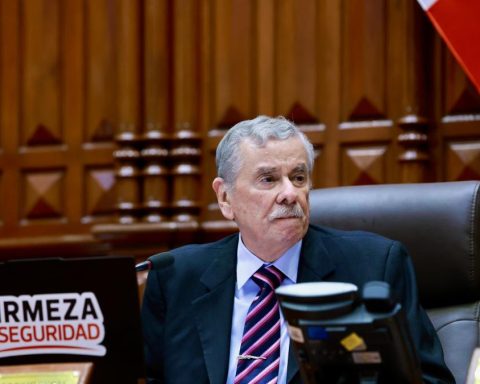The work of Wayúu women making backpacks has been devalued by resellers, El Espectador’s complaint shows that the tradition has even become a problem of labor exploitation.
Colombia News.
For many years the Wayúu women have carried out this traditional work, the backpacks that are woven by hand and that are part of the art of La Guajira and end up turned into works of art, also hide a problem: possible labor exploitation and little profit.
Capturing different knitted designs with a needle and thread is not an easy task.
Yet all this work done at what cost? They try to sell their backpacks, but in the end they must give them to resellers located in more touristic places.
There, they end up selling them at high prices and whoever made them earns little.
Danna and Marcionida are two Wayúu artisans from La Guajira, who spoke with El Espectador.


When weaving for a livelihood, they only receive about 8,000 pesos from resellers, while they sell them for up to $60,000.
Many times they give them deadlines of up to 5 days to make a certain number of backpacks, which is impossible to do.
“We are not machines or a gold mine to do that job so quickly, nor are they exploiting us,” they denounce.
They point out that “they want to take us out and take them out and not pay the price that it is”, is that the complaint of an artisan.
Little earnings, a lot of talent
Like many others, they live from this job of weaving backpacks, but their work is not valued as it should be.
Because making those bags that are popular in various areas of Colombia and that many even buy as a souvenir to get to friends and family as gifts, costs the weavers up to 80% of their earnings.
Young man from Santander leads a foundation that provides water to the Wayúu community in La Guajira
Although some backpacks are decorated by those who buy them to resell them in stores or for customers who ask for them with certain decorations, the cost is still very high outside and profits are low in the ranches.
Despite all this situation that women weavers are going through, some government projects seek to achieve due recognition of this tradition.
That they don’t give away their work, that their art be valued in their communities and outside.













